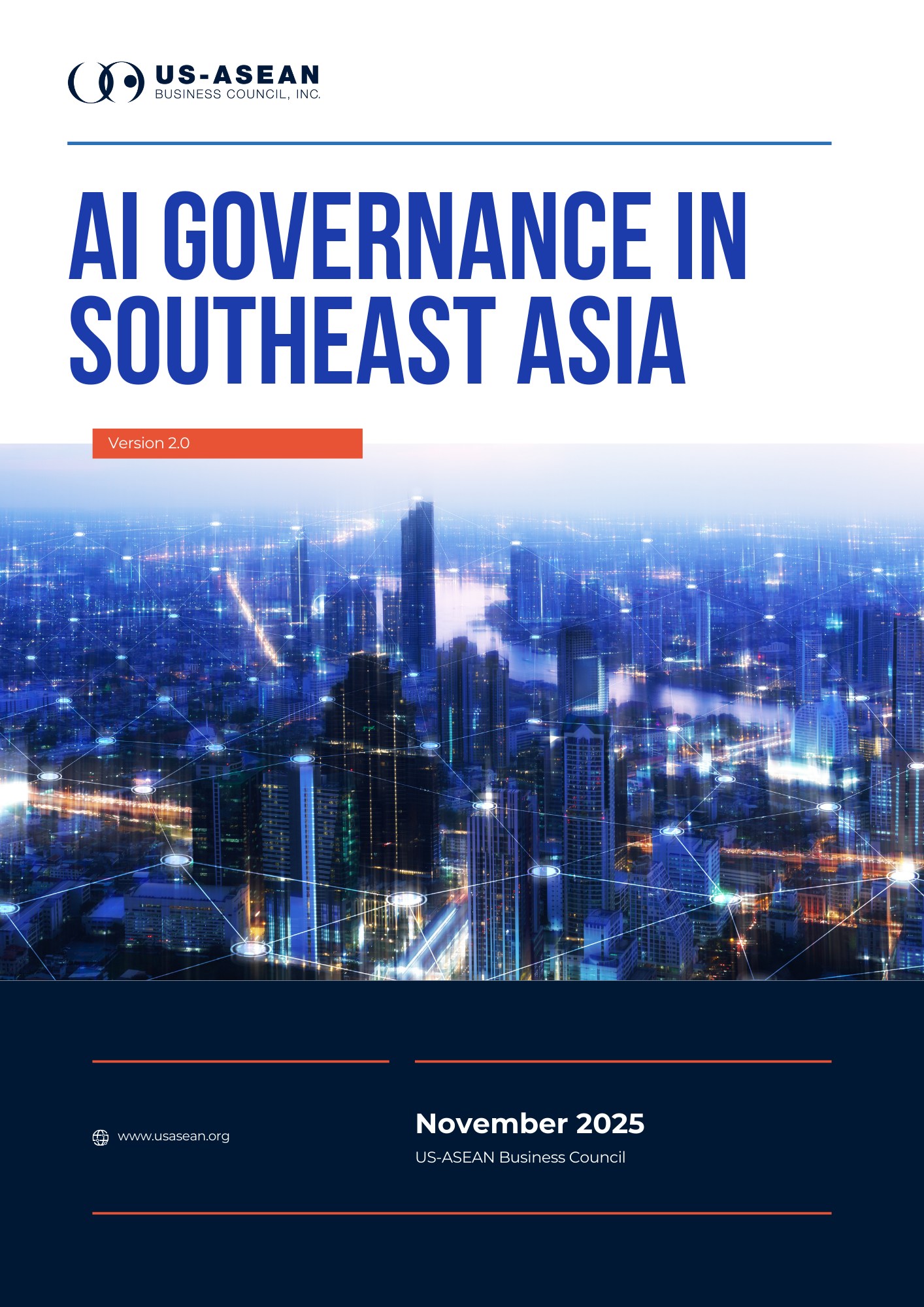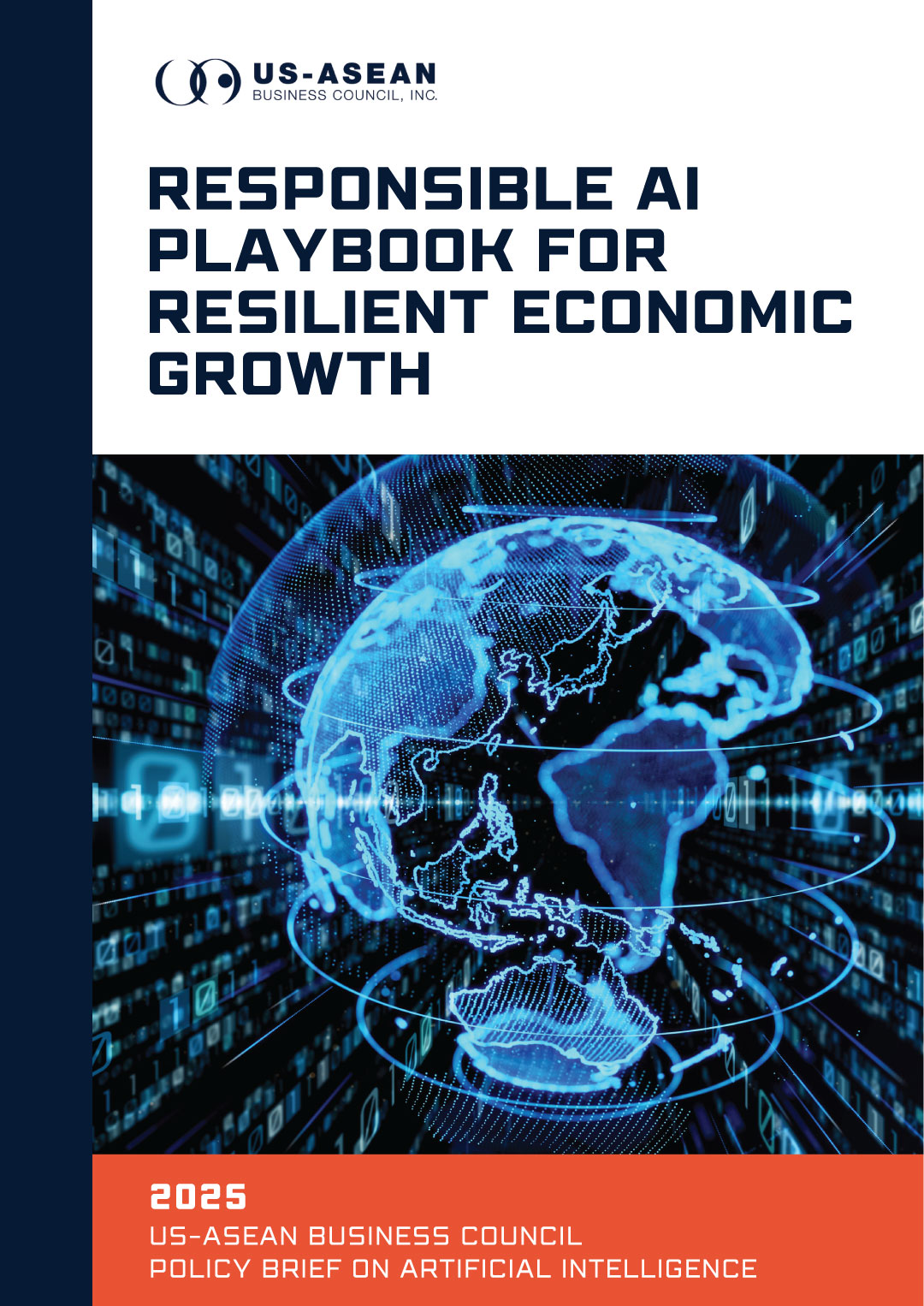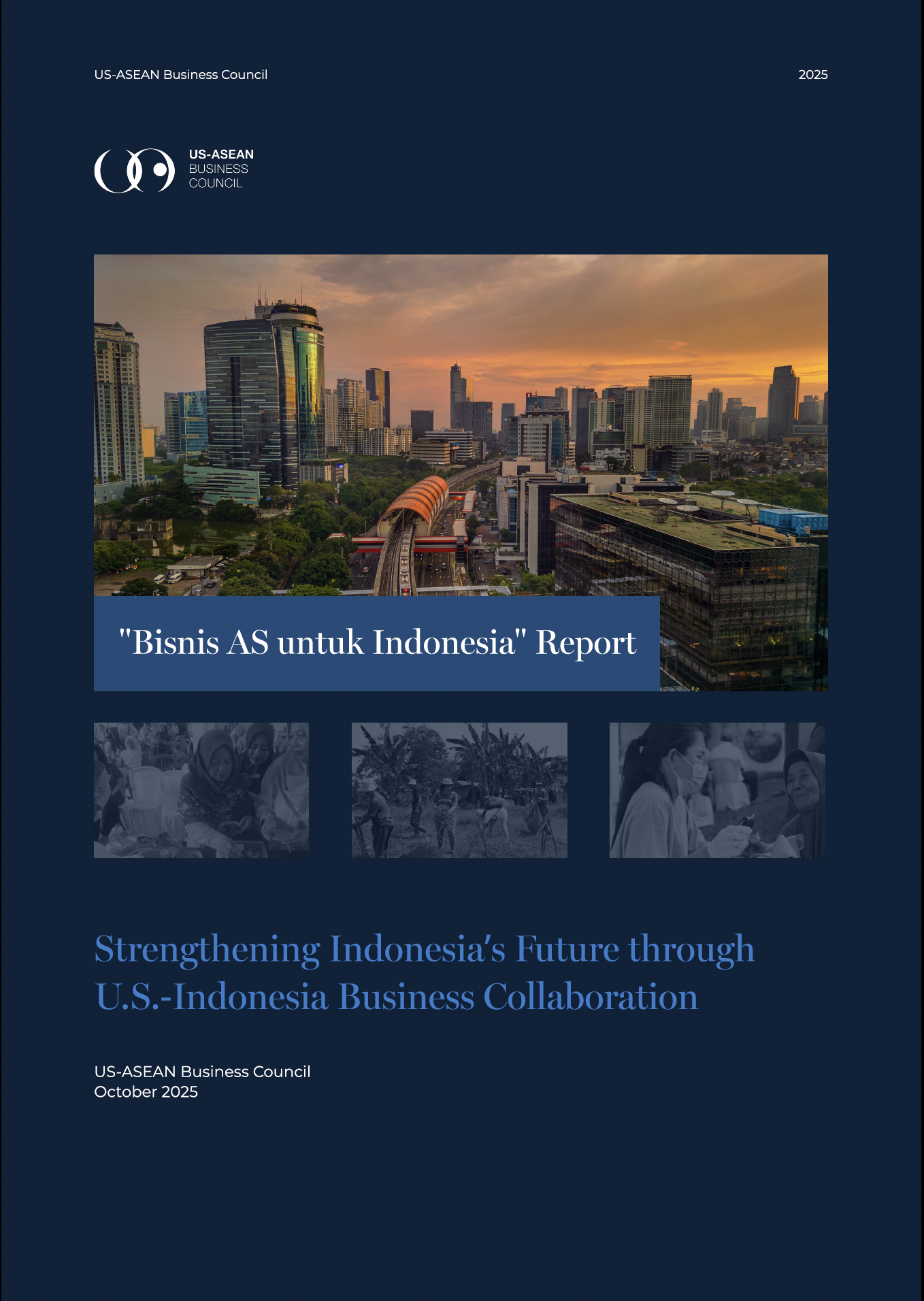2025 Critical Minerals List: Implications for U.S. Technology and Manufacturing

On November 7, 2025, the U.S. Interior Department released its 2025 List of Critical Minerals, outlining 60 critical minerals vital to the U.S. economy and national security that face potential risks from disrupted supply chains. Ten new elements on this year’s list include: boron, copper, lead, metallurgical coal, phosphate, potash, rhenium, silicon, silver, and uranium. The notice states that the critical minerals list “guides strategies to secure the Nation’s mineral supply chains.” According to the U.S. Geological Survey (USGS), such strategies may include “direct investments, tax incentives for U.S. mineral processing, and streamlined mining permits.” These critical minerals could also be subject to new tariffs under Section 232 of the Trade Expansion Act of 1962.
The expansion of new elements also signals the Trump Administration’s priorities for sectors such as energy, technology, and manufacturing, creating both compliance obligations and opportunities for domestic producers. As the AI industry grows, many of the 60 critical minerals will play a role in the chipmaking process (e.g., silicon, gallium, germanium, copper, silver). While foreign countries control most of the industrial processing to produce these critical minerals, securing access to them early will be essential to ensuring steady, long-term production of advanced technologies in the United States. ASEAN countries could serve as partners in the diversification of suppliers of such critical minerals, but it will require new forms of cooperation and coordination with the U.S.
As some companies choose to relocate from higher tariffed countries to ASEAN, these partnerships could foster more resilient supply chains, attract strategic investments, and strengthen regional integration to support U.S. technology and manufacturing goals. The U.S. private sector can benefit by leveraging growing ASEAN partnerships to diversify sourcing, mitigate geopolitical risks, and capitalize on incentives that promote domestic processing and innovation.









